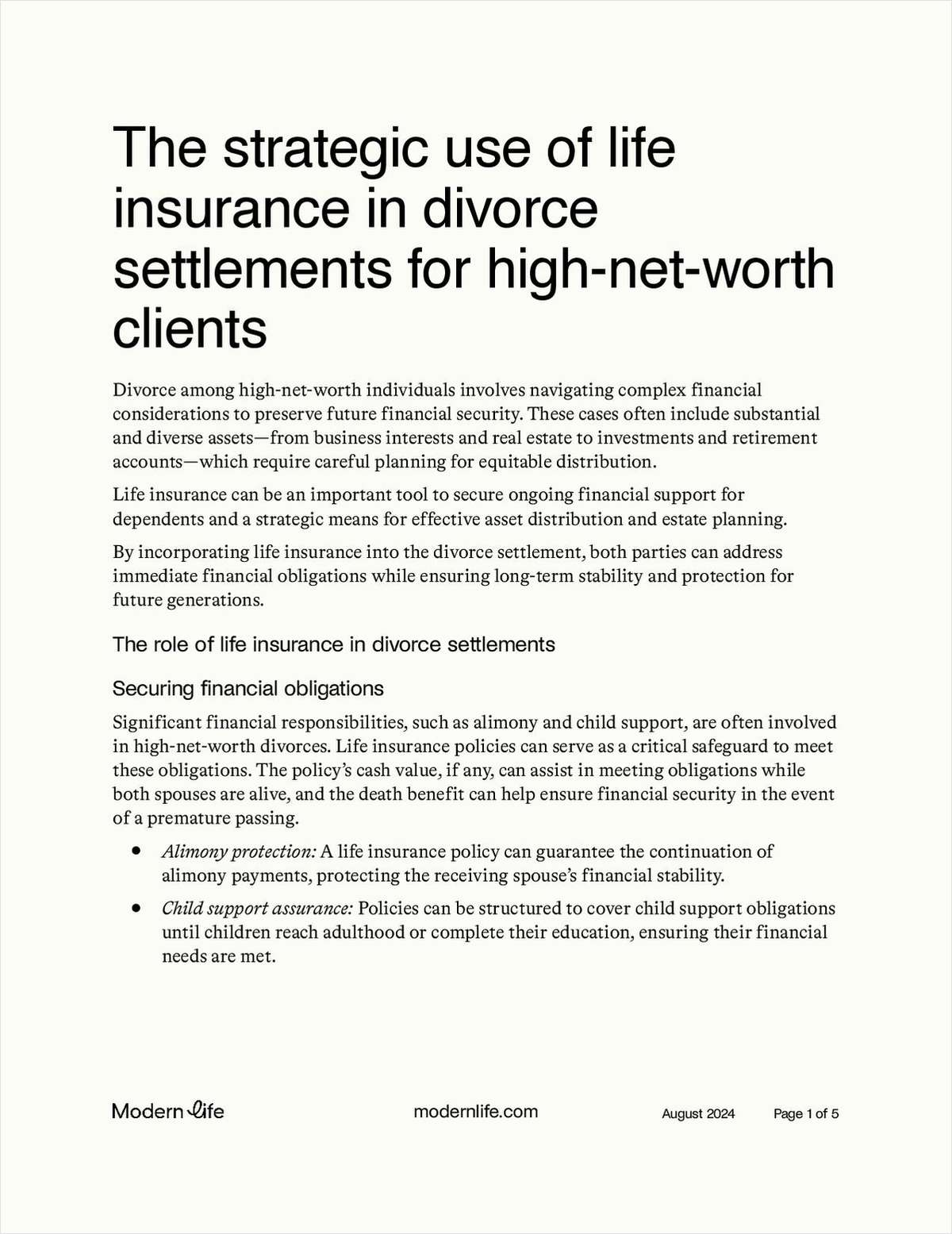Succession planning is a hot topic nowadays, and as the advisors who led the industry grow old and retire, younger advisors are looking for their spot in the industry. Group Editor in Chief Jamie Green leads a roundtable discussion with top advisors including TD Ameritrade head Tom Bradley to get their insight on how to transition from the old guard to the new kids.
Plus, technology's ubiquitous presence in our lives makes it a powerful area for investors. According to tech experts, globalization and technology's ability to expand are prime factors in the sector's stability.
It only took the worst global economic crisis in the history of the world to get people to listen, but Ed Egilinsky is telling advisors why it's so important to include non-correlated asset classes in clients' investment portfolios.
Click through read the February 2012 features. Click here to read the rest of the February 2012 issue of Investment Advisor.
The independent advisory business is a people business. It was founded by clear-sighted pioneers and built on their smarts and sweat. Those pioneers are getting older, while the need for competent, ethical advisors will only grow as boomers move into a new kind of retirement in the midst of volatile markets and slower economic growth. So the outlook for the independent advisory business is bright. Or is it?
The wirehouses and insurance companies that trained most of those pioneering advisors have shrunk, and while colleges are educating young advisors, the graduates of those programs, and their older career-changer peers entering the business, don't have the same skills as did the pioneers.
Following discussions with Tom Bradley, the veteran head of TD Ameritrade's RIA custody unit, we decided to convene advisors old and young to discern whether that gap has shrunk and how smart advisors in the trenches are building their businesses by incorporating all their human capital assets, regardless of age. Group Editor in Chief Jamie Green leads a roundtable discussion at the Museum of American Finance in New York.
Read the full article.
The technology sector—which is so large and diverse that it spans the gamut from classic IT to sectors like semiconductors and alternative energy—is far more robust than it was in the run-up to the 2001 meltdown. Tech experts are convinced, though, that the complete destruction experienced then cannot happen again for a variety of reasons, not least the fact that technology companies the world over have strong balance sheets and solid cash reserves.

 Bridge Builder
Bridge Builder Rising Tech
Rising Tech Profit in Any Direxion
Profit in Any Direxion Process Implementation: Moving Toward a More Efficient Office
Process Implementation: Moving Toward a More Efficient Office

